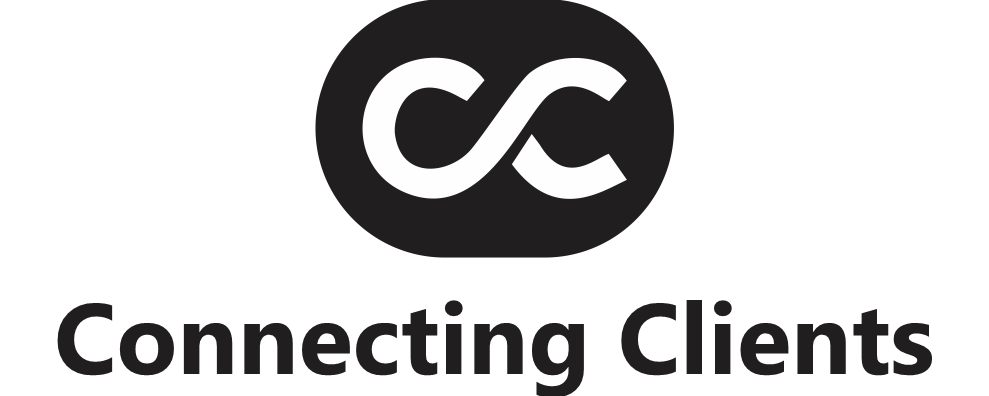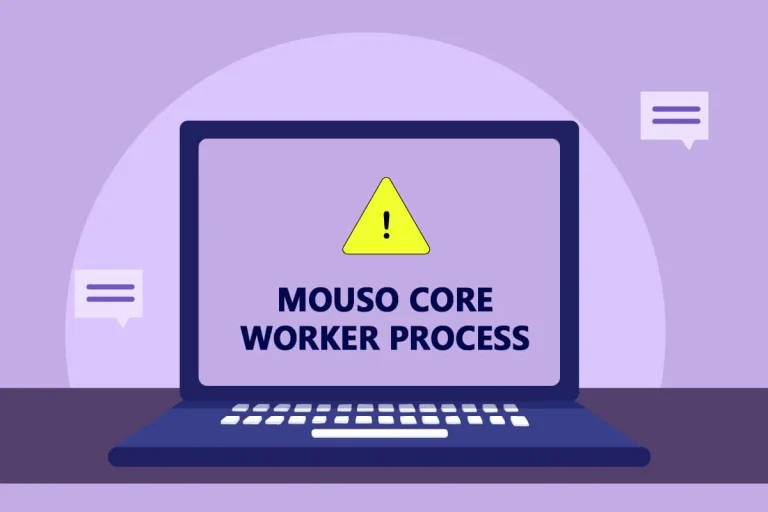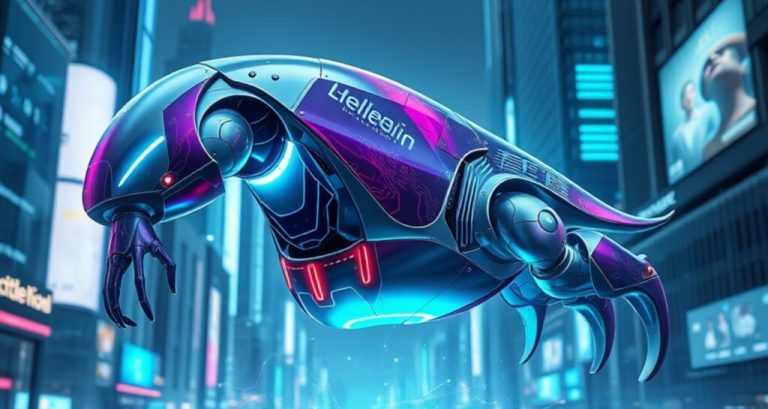Why Modern Contact Centers Run on Smart Software
What makes a contact center truly modern? It’s not the size of the team or the number of calls handled. It’s whether the entire system can keep up with the pace of customer expectations and that comes down to the software running it.
Old-school setups with manual processes and disconnected tools are no longer good enough. Contact centers now deal with multiple channels, changing customer behavior, and growing pressure to deliver fast, seamless support. Without smart software, even the best teams fall behind.
This shift didn’t happen overnight, but it’s clear: smart software isn’t just a nice-to-have. It’s the foundation of how modern contact centers actually work.
Traditional Setups Are Slowing Things Down
Many contact centers are still running on systems built for a different time. They were designed for voice-first operations, built around static workflows, and rarely integrated across tools.
The problem with that? Today’s customers aren’t just calling. They’re messaging, emailing, chatting, and expecting someone on the other end to remember what they said the last time they got in touch. That’s nearly impossible if your systems don’t talk to each other.
Supervisors also struggle with limited visibility. It’s hard to know how agents are doing in real time or which issues are causing friction. Manual processes mean more room for errors, more time spent on repetitive tasks, and a whole lot of missed opportunities to make things smoother.
When teams rely on outdated software, even the basics, like tracking performance or routing calls efficiently, become harder than they need to be.
What “Smart” Software Really Means
Smart contact center management software is more than a digital upgrade. It’s a fully connected system that brings automation, real-time insight, and intelligent tools into everyday operations.
Instead of treating voice, chat, and email as separate silos, smart software unifies every interaction. Conversations follow customers across channels. Agents don’t have to switch tabs or dig for information. And managers can finally see what’s working and what’s not, while it’s happening, not after.
Here’s what makes software smart in this space:
- Omnichannel functionality – All customer interactions are managed in one place, creating smoother transitions between channels.
- Real-time dashboards – Supervisors get instant insight into queues, agent performance, and customer sentiment.
- Built-in automation – Repetitive tasks like routing tickets, sending follow-ups, or logging case details happen automatically.
- AI-driven support – Agents get prompts and suggestions during live conversations, while bots handle simple questions upfront.
- Flexible integrations – The software plugs into your existing tools, making everything work together rather than in isolation.
This combination doesn’t just improve efficiency—it changes the entire feel of the operation. Customers notice. So do agents.
A Better Experience on Both Sides
Customers expect quick answers and clear communication. They don’t want to repeat themselves, get transferred five times, or sit on hold for half an hour. Smart software cuts down the time it takes to get help and reduces the chances of things slipping through the cracks.
For agents, the benefits are just as important. No one likes digging through disconnected systems to find a simple piece of information. With better visibility and built-in guidance, agents can focus on solving problems instead of managing complexity.
Managers also gain a clearer view of what’s going on. They can see which agents are struggling, which workflows are slowing things down, and which parts of the customer journey need improvement. No more guesswork or post-mortem reports that come too late to help.
Where Smart Software Delivers Real Impact
If you’re wondering where the biggest shifts tend to show up when a contact center moves to smarter systems, here are the key areas:
- Efficiency – Fewer repetitive tasks, faster handling times, and fewer handoffs between agents.
- Consistency – Customers get the same experience no matter how they reach out.
- Scalability – It becomes easier to grow operations or handle volume spikes without sacrificing quality.
- Insight – Decisions are based on live data, not outdated reports or assumptions.
- Employee experience – Less frustration, better tools, and more room for agents to do their best work.
It’s not just about fixing problems faster. It’s about creating an operation that actually supports the people inside it and the customers relying on it.
The Shift from Reactive to Proactive
Smart software gives contact centers the tools to move from constantly reacting to issues to actually preventing them. With the right setup, teams can spot trends early, adjust staffing in real time, and catch issues before they become full-blown complaints.
For example, if a product glitch starts flooding your inbox with the same question, intelligent systems can flag it instantly. You can launch a quick outbound message, update a knowledge base article, or tweak a chatbot response, all without waiting for a formal report.
This kind of agility isn’t possible with traditional systems. It’s one of the biggest advantages of modern contact center software. You’re not just responding to customers. You’re anticipating what they’ll need next.
Smart Software Is No Longer Optional
There’s no longer a question about whether contact centers should upgrade. The better question is how long they can afford to wait.
As customer expectations grow and channels multiply, running a contact center without modern tools becomes more than an inconvenience—it becomes a liability. The gap between teams that have made the shift and those that haven’t is only getting wider.
Smart software isn’t just about technology. It’s about giving every agent, manager, and customer a smoother, more intuitive experience. And in today’s environment, that’s what sets high-performing contact centers apart from the rest.
Rethink What Powers Your Contact Center
If your contact center still relies on manual workflows, limited visibility, or disconnected systems, it’s time to take a hard look at what’s holding you back.
The right software doesn’t replace people, it gives them the tools to do their jobs better. It removes friction, surfaces data when it matters, and adapts as customer behavior changes. That’s not just smart. That’s essential.
The way contact centers operate has changed, and the software running them needs to reflect that. Waiting too long to modernize doesn’t just risk falling behind. It guarantees it.







